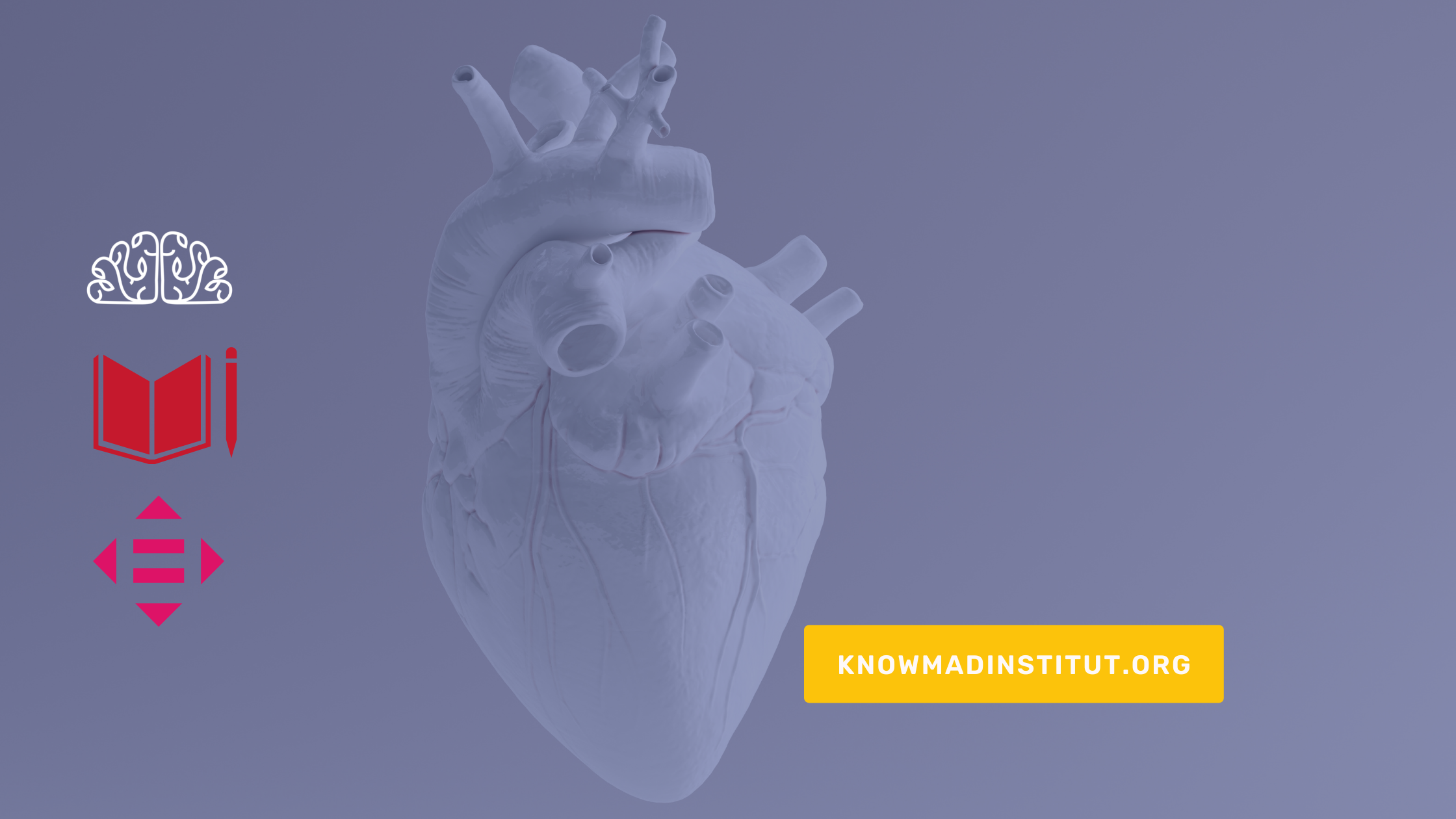Apuntes Iniciales Sobre Epistemología Yulu
DOI:
https://doi.org/10.5281/zenodo.6521226Keywords:
epistemología, dignidad, identidad, creatividad, pedagogía, ODS, ODS 4, ODS 10Abstract
Initial notes on epistemology Yulu (epistemologies from the heart), alluding to the center of the American region, is a thesis about the production of knowledge from Central America and the Caribbean. Above all, it refers to knowledge that respects and makes ancestral wisdom visible, from a Nahuat nosological triangle. The punctual distinction of this text consists of providing basic and initial principles about the generation of knowledge from the first nations - native people of Central America and the Caribbean- in a constant dialogue between disciplines. It is proposed as a method to counteract epistemicide, and as an example it shows how Castilian-centrism and simple-linear translations make ancestral knowledge invisible. It reviews the root and syntax of “Yul” in different sources and also raises the split between sciences and the absence of a heterogeneous perspective to address phenomena, such as the case of linguistics and anatomy. The article describes two main columns of Yulu epistemology: creativity and pedagogy. Both spheres articulated in a methodological precision and a heterogeneous perspective of the phenomena. The work reviews the intercultural competences of UNESCO, and is a first approximation about the being and doing of people who seek to be part of Yulu epistemology, whose main goal is to promote dignity of the native people of Central America and the Caribbean. From the rescue and visibility of their ancestral knowledge, in harmony with their identity.
References
➔ Campbell, L. (1985). The Pipil Language of El Salvador. The Hague: Mouton.➔Hernández, W. (2016). Nawat Mujmusta. Tzunhejekat.
➔ Lara-Martínez,R.yMolinaAguilar,J.(2022).EpistemologíaNáhuat:unanálisispedagógico a través de la anatomía. Manuscript submitted for publication.
➔ Lara-Martinez,R.(2014).Gramáticanáhuatpipil.Inwww.academia.edu.EditorialUniversidad Don Bosco.https://bit.ly/3vYMxNQ
➔ Lara-Martinez,R.(2021).TRADUCTOREINTÉRPRETE:RAFAELLARA-MARTÍNEZMITOSDELOSPIPILESDEIZALCO.In www.academia.edu.EditorialUniversidadDonBosco.https://bit.ly/3s3P7kI
➔ Lara-Martinez,R.(2022,April18).Yul(ta)ketzalis,reflexiónsobreelpasado(resumen).Revista Disruptiva.https://bit.ly/3vynGl7
➔ Leeds-Hurwitz,W.(2017).Competenciasinterculturales:marcoconceptualyoperativo. Unesco.org.https://bit.ly/3y6DcGzUniversidad Nacional de Colombia | Recopilación: 47 p., illus. Idioma: español
➔ OrganizacióndelasNacionesUnidasparalaEducación,laCienciaylaCulturaUNESCO(2017).COMPETENCIASINTERCULTURALES.Marcoconceptualyoperativo. Cátedra UNESCO - Diálogo intercultural.
➔ MolinaAguilar,J.(2021).Ladeconstrucciónsocialdeldueloyelhorizontedecontinuidades(Versióntraducidadelinglésalespañol).CuadernosInter.c.a.mbioSobreCentroaméricaYElCaribe,18(2),e47787–e47787.https://doi.org/10.15517/c.a..v18i2.47787
➔ Schultze-Jena, L. (1977). Mitos y leyendas de los Pipiles de Izalco. San Salvador:EditorialdelaUniversidadDonBosco,2011.TraducciónynotasdeRafaelLara-Martínez.TraduccióndelalemándeGloriaMenjivarRiekenyArmidaFortín.Ediciones Cuscatlán.https://bit.ly/3vujvH0
➔ Schultze-Jena,L.(1982).GramáticaPipilyDiccionarioAnalìtico,Tomo2.TraduccióndelalemándeGloriaMenjivarRiekenyArmidaFortín.EdicionesCuscatlán.https://amatzin.hypotheses.org/2806RafaelLara-Martínez(Traductoreintérprete),San Salvador: Editorial de la Universidad Don Bosco, 2014

Published
How to Cite
Issue
Section
Categories
URN
License
Copyright (c) 2022 Jorge Molina Aguilar, Rafael Lara-Martínez, Rafael

This work is licensed under a Creative Commons Attribution-NonCommercial 4.0 International License.
All authors who publish their work in this journal give their patrimonial rights in favor of the JMSHRS on a non-exclusive basis. This means that authors may enter into other independent and contractual agreements to disseminate their text published in this journal. Such as, for example, including it in an institutional, thematic or other repository, publishing it in a book, or other digital or physical media, as long as they explicitly indicate that the work was first published in this journal.
The responsibility for the content of each published work corresponds exclusively to the authors themselves, excluding the editors from any legal responsibility.
The contents of the journal will be disseminated under a Creative Commons Attribution-NonCommercial 4.0 International (CC BY-NC 4.0). All issues are open access (OA) from the moment of publication.




